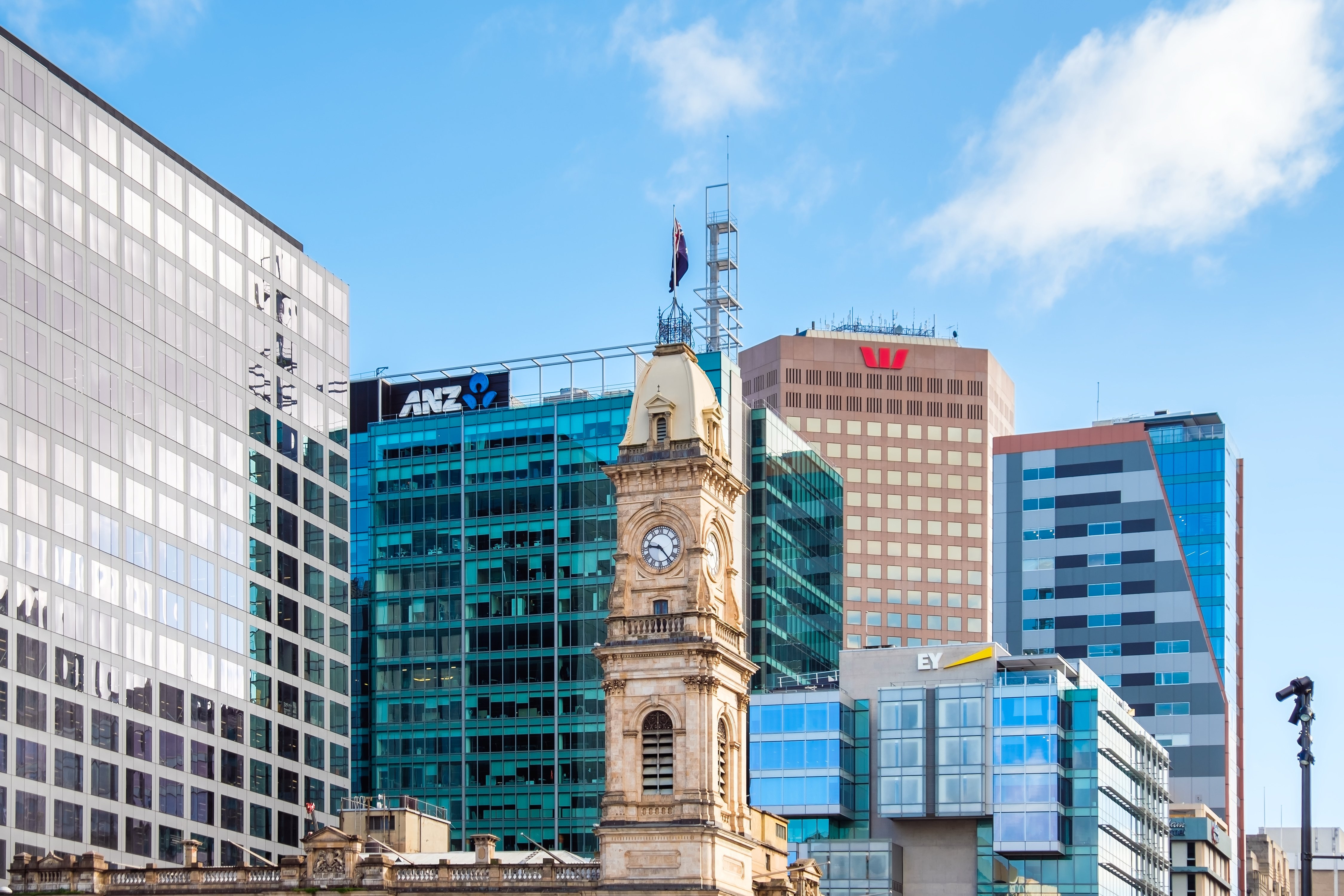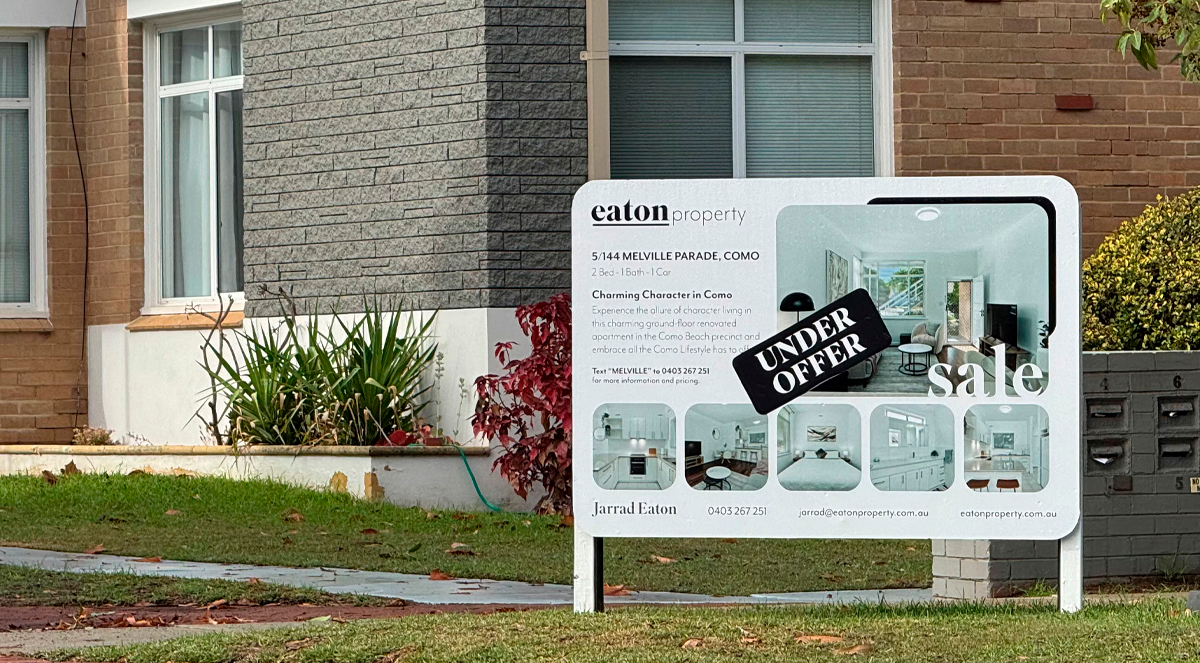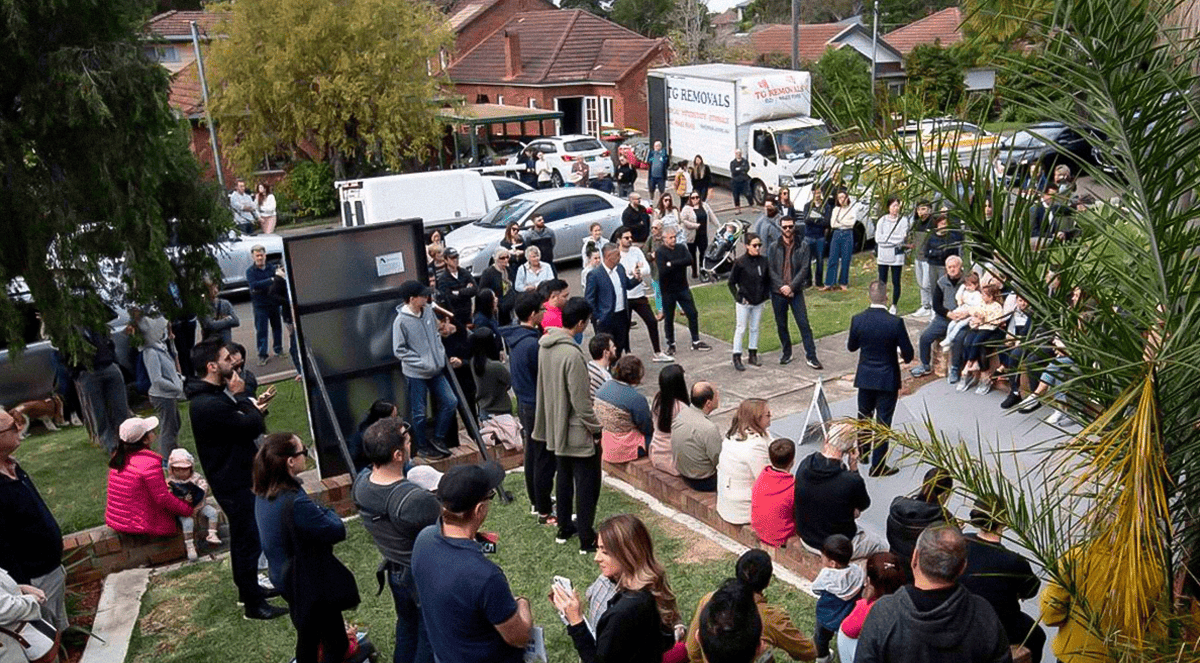Features > Property News & Insights > Market updates
Banks, Economists, and Money Markets Predict Interest Rate Relief

KEY POINTS
- Most of the big four banks and a majority of market economists expect the Reserve Bank of Australia to start cutting interest rates from September this year
- Bond traders are pricing in cuts by the RBA as early as June
- NAB and a minority of economists still think the RBA will increase rates again at its February board meeting, taking the cash rate to 4.6%
Australian homeowners struggling with high mortgage repayments can expect some relief, with leading economists, the major banks and the financial markets all predicting the Reserve Bank of Australia will start cutting interest rates in 2024.
But when it comes to predicting how much rates will be cut and when, there’s a plethora of different opinions.
The major banks
The largest provider of home loans in Australia, the Commonwealth Bank, thinks the RBA’s cash rate has already peaked at the current 4.35%.
It believes the central bank will start lowering rates in September, and by the end of 2025, it’s predicting the cash rate will be around 2.85% after 6 rounds of 25 basis point cuts.
“The global monetary policy tightening cycle is at an end,” says CBA’s Chief Economist Stephen Halmarick, and “2024 will see interest rate cuts from some of the major central banks, especially the US Federal Reserve and the RBA.”
Like CBA, Westpac believes the Reserve Bank will start cutting rates in September, but at a slightly slower pace.
It’s predicting the cash rate will be 3.1% in December 2025.
ANZ also believes rates have peaked, forecasting a cash rate of 3.35% by the middle of 2025.
NAB is the only major bank that is expecting rates to go higher.
It thinks the RBA will increase the cash rate to 4.6% at its February meeting, before finally starting to cut rates sometime from October this year.
“We don’t think they will be in a position to be cutting until the December quarter (which starts in October),” says NAB Senior Economist Taylor Nugent.
The economists
The Australian Financial Review surveyed 40 leading market economists and concluded that “economists predict the Reserve Bank of Australia will start cutting interest rates in September, setting the cash rate on course to hold at a 12-year-high of 4.35% for most of the year, before relief arrives for borrowers.”
Alexis Gray, a senior economist at Investment Managers Vanguard, summed up the majority view.
“We expect rate cuts to commence in the second half of 2024, as the (Reserve) Bank will, by then, have successfully put inflation back on a path to target and that a weakening economy will risk pushing inflation below target, justifying rate cuts,” she told the AFR.
But that analysis isn’t shared by 9 of the economists surveyed, including Challenger’s chief economist Jonathan Kearns - a former RBA official, Oxford Economics’ Sean Langcake, and Jarden’s Carlos Cacho.
All predict the Reserve Bank will increase the cash rate to 4.6% at its February meeting.
“We expect the RBA to hike, with the key driver being the still-sticky rate of domestic services inflation,” Mr Cacho told the paper.
In short, this cohort of economists believes inflation is still not coming down fast enough to get back to the RBA’s target band by the December 2025 deadline it has set.

At the other end of the spectrum are economists at Capital Economics, MLC, and Morningstar, who are all of the opinion that the RBA’s campaign of 13 interest rate hikes has already done its job in slowing the economy.
They predict the central bank will start cutting rates as early as May.
The money markets
With hundreds of millions of dollars riding on their bets about the future of interest rates, it’s worth considering what the money markets are saying.
Bond traders currently think the chances the RBA will raise the cash rate in February are negligible.
In fact, they believe the RBA could start cutting rates as early as March.
They’ve fully priced in a June cut and then another later in the year.

This is a graph of the implied yields on 30-day futures trades on the Overnight Cash Rate at the close of the market on the 2nd of January.
Historically, the Overnight Cash Rate has generally been the same as the RBA’s Official Cash Rate.
As of June 2024, the implied yield is 4.115.
This means the market has priced in a 25 basis point cut by the RBA in June, another 25 basis point cut in October and another in March 2025.
Interest rates and property prices
So what does all this speculation about the future of the RBA cash rate - and thereby the repayments for borrowers on variable retail mortgages - actually mean for house prices?
Again, it depends on who you listen to.
The major banks are all quite optimistic about property prices this year, even if many of their customers are doing it tough.
The CBA believes home values will continue to increase, predicting 5% growth across Australia in 2024, with Sydney house prices set to rise by 4%, and Melbourne’s by 5%.
ANZ and Westpac are both expecting a 6% lift in Australia’s capital cities.
Even the NAB, which is the only major bank predicting another rate increase in February, expects national house prices to rise 5% this year and at a higher 5.4% in the capitals.
Real estate data analytics firm CoreLogic says national home values defied predictions of doom in 2023 despite continual RBA interest rate hikes.
In fact, they grew by an impressive 8.1%.
CoreLogic notes growth slowed towards the end of the year, though, and is predicting a more subdued outlook for 2024.
But the firm’s research director Tim Lawless says, “a reduction in the cash rate target through 2024 could help to re-stoke (property) demand later in the year.”
Number-cruncher PropTrack calculates that dwelling values increased by a more modest 5.52% in 2023, easing in December with combined capital city prices actually experiencing a small 0.09% decline.
But as for the year ahead?
“Despite the cool down in capital prices seen over December, prices in 2024 will be supported by population growth and what looks likely to be a more stable interest rate environment,” says PropTrack economist Anne Flaherty.
Stay Up to Date
with the Latest Australian Property News, Insights & Education.




.png?width=292&height=292&name=Copy%20Link%20(1).png)
 SIGN UP FOR FREE NEWSLETTER
SIGN UP FOR FREE NEWSLETTER





.jpg?width=1920&height=1080&name=Warning%2c%20You%20Might%20Be%20Facing%20Higher%20Taxes%20Soon%20(1).jpg)





.png?width=1920&height=1080&name=Rate%20Drops%20Signal%20BIGGEST%20Property%20Boom%20in%20DECADES%20(1).png)

.jpg?width=1920&height=1080&name=Labor%20vs%20Liberal%20These%20Housing%20Policies%20Could%20Change%20the%20Property%20Market%20Forever%20(1).jpg)
.jpg?width=1920&height=1080&name=QLD%20Slashes%20Stamp%20Duty%20Big%20News%20for%20Investors%20%26%20Home%20Buyers%20(1).jpg)
.jpg?width=1920&height=1080&name=Trump%20Just%20Slapped%20Tariffs%20%E2%80%93%20Here%E2%80%99s%20What%20It%20Means%20for%20Australia%20(1).jpg)
.jpg?width=1920&height=1080&name=Federal%20Budget%202025%20More%20Debt%2c%20No%20Housing%20%E2%80%93%20Here%E2%80%99s%20What%20You%20Need%20to%20Know%20(1).jpg)
.jpg?width=1920&height=1080&name=Australias%20Housing%20Crisis%20is%20about%20to%20get%20MUCH%20Worse%20(New%20Data%20Warns).jpg)
%20(1).jpg?width=1920&height=1080&name=Australias%20RENTAL%20CRISIS%20Hits%20ROCK%20BOTTOM!%20(2025%20Update)%20(1).jpg)
%20(1).png?width=1920&height=1080&name=Is%20Adelaide%20Still%20a%20Good%20Property%20Investment%20(2025%20UPDATE)%20(1).png)
.jpg?width=1920&height=1080&name=RBA%20Shocks%20with%20Rate%20Cuts!%20What%E2%80%99s%20Next%20for%20Property%20Investors%20(1).jpg)
%20(1).jpg?width=1920&height=1080&name=I%20Predict%20The%20Feb%20Rate%20Cut%20(My%20Price%20Growth%20Prediction)%20(1).jpg)
.png?width=1920&height=1080&name=Why%20Property%20Prices%20Will%20Rise%20in%202025%20Market%20Predictions%20(1).png)
.jpg?width=1920&height=1080&name=Why%20Investors%20Are%20Choosing%20Apartments%20Over%20Houses%202%20(1).jpg)
.jpg?width=1920&height=1080&name=Why%20Rate%20Cuts%20Will%20Trigger%20A%20Property%20Boom%20(1).jpg)
.jpg?width=1920&height=1080&name=Retire%20On%202Million%20With%20One%20Property%20(Using%20SMSF).jpg)
.jpg?width=1920&height=1080&name=4%20Reasons%20Why%20You%20Should%20Invest%20in%20Melbourne%20Now%20(1).jpg)
%20(1).jpg?width=1920&height=1080&name=Old%20Property%20vs%20New%20Property%20(Facts%20and%20Figures%20Revealed)%20(1).jpg)
%20(1).jpg?width=1920&height=1080&name=Will%20The%20New%20QLD%20Govt%20Create%20a%20Property%20Boom%20or%20Bust%20(My%20Prediction)%20(1).jpg)
%20Scott%20Kuru%20(1).jpg?width=1920&height=1080&name=Inflation%20Hits%20Three-Year%20Low%20(Will%20RBA%20Cut%20Rates%20Soon)%20Scott%20Kuru%20(1).jpg)
.jpg?width=1920&height=1080&name=How%20to%20Buy%20Investment%20Property%20Through%20SMSF_%20The%20Ultimate%20Guide%20(1).jpg)
.jpg?width=1920&height=1080&name=Victoria%20Slashes%20Stamp%20Duty%20Melbourne%20Set%20to%20Boom%20Scott%20Kuru%20(1).jpg)
.png?width=1571&height=861&name=Are%20Foreign%20Buyers%20Really%20Driving%20Up%20Australian%20Property%20Prices%20(1).png)
.jpg?width=1920&height=1080&name=The%20Single%20Factor%20That%20Predicts%20Property%20Growth%20Regions%20(1).jpg)
%20Scott%20Kuru%20(1).jpg?width=1920&height=1080&name=My%20Prediction%20On%20Rates%20%26%20Negative%20Gearing%20(Market%20Crash)%20Scott%20Kuru%20(1).jpg)

-1.png?width=1920&height=1080&name=Major%20Banks%20Cut%20Rates%20Will%20RBA%20Follow%20Suit%20(Sept%20Rate%20Update)-1.png)
%20Scott%20Kuru-1.png?width=1920&height=1080&name=Rate%20Cut%20Coming%20What%20New%20Zealands%20Move%20Means%20for%20Australia%20(Sept%20Prediction)%20Scott%20Kuru-1.png)
%20(1).jpg?width=1920&height=1080&name=Buy%20when%20the%20interest%20rates%20are%20high!%20(Why%20you%20must%20buy%20now!)%20(1).jpg)
.jpg?width=1920&height=1080&name=Carms_Revised%20Taxes%20Due%20Aug%209%20YT%20Thumbnail02%20(1).jpg)
.jpg?width=1920&height=1080&name=Carms_Too%20Little%20Too%20Late%20Aug%207%20YT%20Thumbnail01%20(1).jpg)









.jpg?width=1920&height=1080&name=Carms_Rate%20Drop%20In%20July%20Jun%2010%20YT%20Thumbnail02%20(1).jpg)
.jpg?width=1920&height=1080&name=Carms_Own%20a%20Property%20V6%20Jun%205_YT%20Thumbnail%20(1).jpg)









.png?width=1920&height=1080&name=Artboard%201%20(3).png)






.jpg?width=1920&height=1080&name=YT%20thumbnail%20%20(1).jpg)

